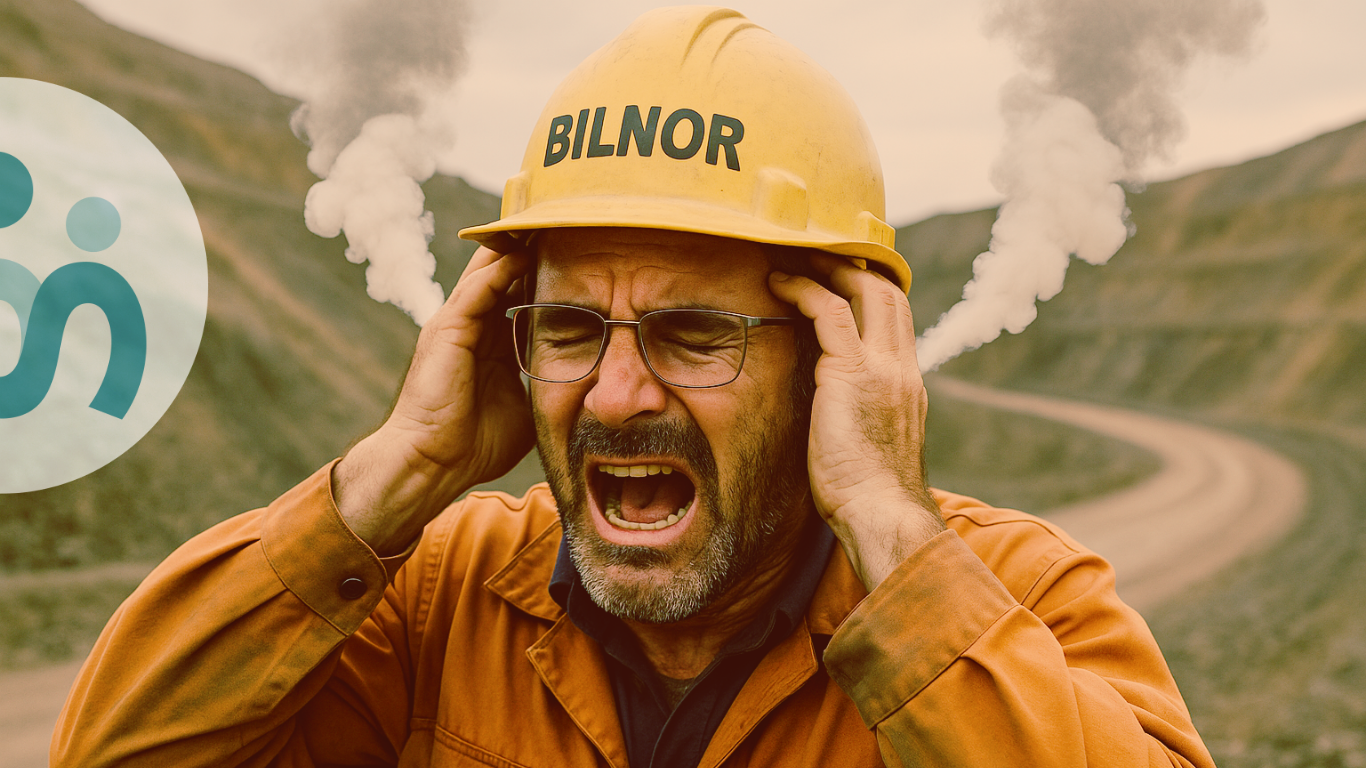
Burnout in Mining and Engineering: Finding Balance in a Demanding World
In the mining and engineering world, hard work isn’t optional — it’s the standard. Long shifts, tight deadlines, and high-risk environments come with the territory.But when the pressure never lets up, even the toughest workers can hit a wall. That wall has a name: burnout.
Burnout isn’t weakness or laziness. It’s what happens when constant stress, physical fatigue, and emotional strain pile up with no real recovery time.
For many South African workers, it’s become an unspoken reality. You wake up tired, feel detached, and start to lose motivation — not because you don’t care, but because you’ve been running on empty for too long.

What burnout really looks like
The signs can creep in quietly. Chronic exhaustion. Trouble concentrating. Headaches and sleep problems. Feeling hopeless or short-tempered. Even pulling away from friends or co-workers. These are more than bad days — they’re warning lights that something deeper needs attention.
In mining and engineering, these signs often appear earlier because of how demanding the work is. Long hours underground or on-site mean disrupted sleep and little recovery time. Engineers and technicians face high performance pressure and tight project deadlines. Add financial stress, time away from family, and the ever-present focus on safety — and burnout becomes a serious risk, not just a personal one, but an operational one too.
Why it matters
Burnout doesn’t just affect mood or motivation; it affects safety, productivity, and retention. Fatigue leads to slower reactions and poor decision-making — dangerous in high-risk environments. And when skilled workers leave due to exhaustion or stress, the loss ripples through teams already stretched thin.

Building habits that protect you
Preventing burnout doesn’t require a total lifestyle overhaul. It’s about small, daily actions that build resilience:
1. Sleep like your safety depends on it — because it does. Aim for 7–9 hours a night when possible. Good rest improves concentration and reaction times.
2. Move and refuel. Even 20 minutes of movement — a walk, stretch, or light workout — reduces stress hormones and boosts energy. Eat balanced meals to keep your body running smoothly.
3. Take micro-breaks. Step outside, breathe, reset. Short breaks throughout the shift can prevent mental fatigue from building up.
4. Stay connected. Talk to someone you trust — a friend, family member, or co-worker. Social support is one of the strongest shields against burnout.
5. Set boundaries. Respect your own limits. Say no to unnecessary overtime, and disconnect from work fully during rest periods.
6. Ask for help early. Speak to your supervisor, HR, or an employee assistance programme if you’re struggling. Reaching out shows strength, not weakness.
A culture of care keeps everyone safer
Work in this industry will always be demanding — that’s what makes it meaningful. But strength isn’t just measured by how much you can take. It’s also shown by knowing when to rest, when to speak up, and when to support others who are close to burnout themselves.
Healthy teams don’t just work hard; they look out for one another. When wellbeing becomes part of the safety culture, everyone wins — workers stay strong, operations run smoother, and the industry keeps its most valuable resource: its people.
Because the real power behind South Africa’s mines and engineering projects isn’t machinery — it’s human resilience.


